Promoting climate advocacy in educational institutions, especially high schools, is not just a commendable initiative but a crucial necessity in today’s world. As the looming threat of climate change becomes increasingly apparent, it is imperative to equip students with the knowledge and tools to address environmental challenges. High schools are influential hubs of learning and social development and must actively foster a sense of environmental responsibility among students.
In recent years, there has been a significant increase in young people showing interest in the fight against climate change. A recent survey done by CBS Channel Network shows that 59% of youth and young adults said they were worried about climate change. Thankfully, there are many who put action behind their concerns in order to make immediate change.
Senior Oona Buckley and Vice President of B-CC Greenhouse Club commented, “Obviously, everything is getting worse, and it feels very overwhelming and scary for all of us.” The crisis demands urgent action from all citizens, including high school students. It is now widely accepted that this problem cannot be addressed and resolved in isolation.
So, how can individuals take collective action? The first step is to advocate for change within our educational institutions. Implementing reforms in academic curricula could guarantee a foundational understanding of the environment, climate change, and other threats to the health of the planet. To initiate effective climate action, schools must prioritize educating about climate change and offering support to students who want to take action. Additionally, students can partner with local organizations, environmental groups, and other non-profit entities to amplify their efforts.
At B-CC, students have a platform to showcase their passion for climate advocacy and justice through clubs like Barons for Climate Action (BFCA), Greenhouse Club, and Sustainable Growth Project. Senior Morgan Kirsch, Co-Founder and President of BFCA, advocates for this issue within the community. She said, “We try to connect our club members and students at B-CC with credible sources to inform students and show them that their actions have real consequences.” By producing and empowering more students who are concerned, we can harness their potential to impact this core issue. “I believe volunteering and activism are two ways students can actively participate in efforts to help our environment,” Kirsch added. From another point of view, Mr. Sacks, a science teacher and club sponsor, said, “Currently, there are clubs that we have here at B-CC. In some ways, we do well, but it’d be nicer if we had initiatives from the county level to do things. As of the moment, it’s more school-inspired things.”
“One thing that students actively could contribute more to awareness is to talk about challenges,” he said. Unfortunately, contrary to our school, Montgomery County Public Schools (MCPS) has not done enough to support student activism in this area, especially regarding financial support. With more support from MCPS, B-CC could expand its efforts and strengthen connections with other high schools in the county. County public school administrators should prioritize support for this issue.

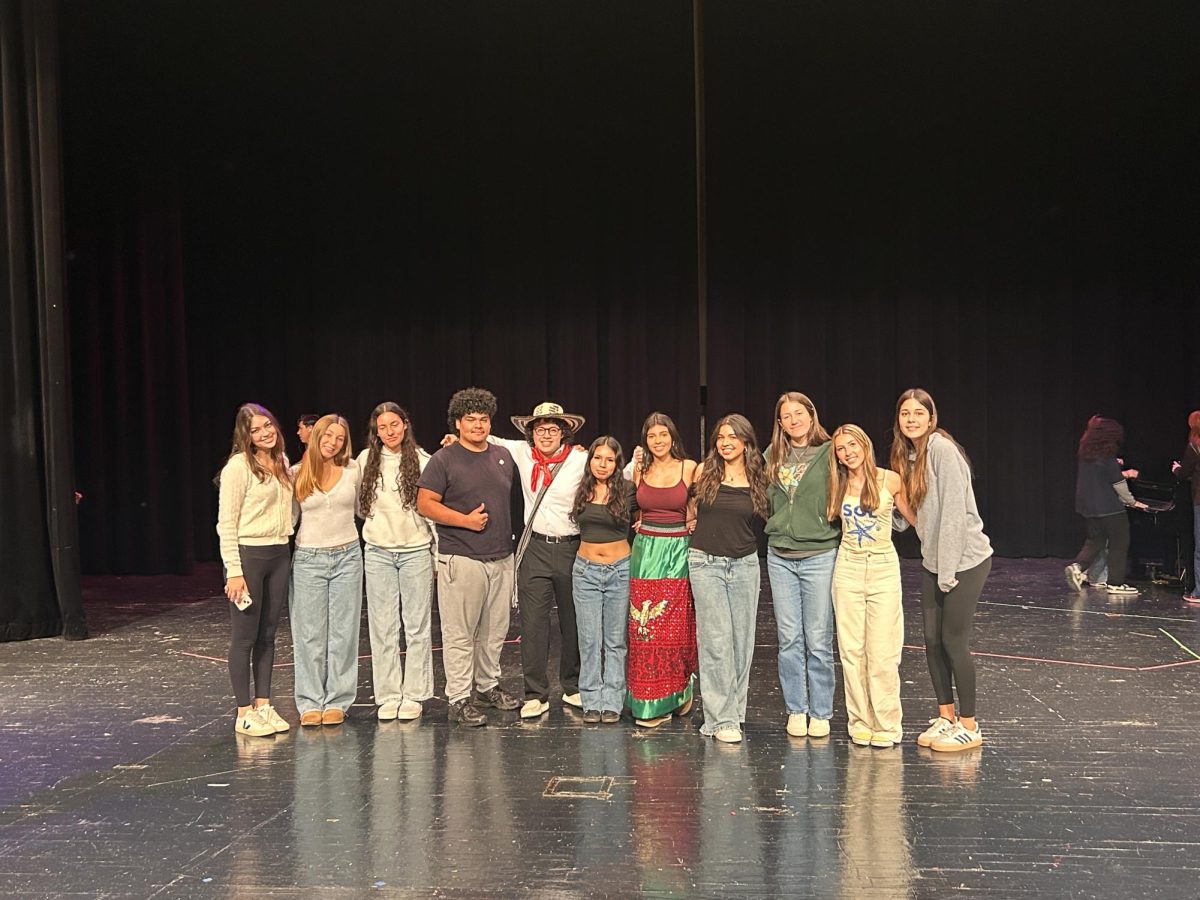
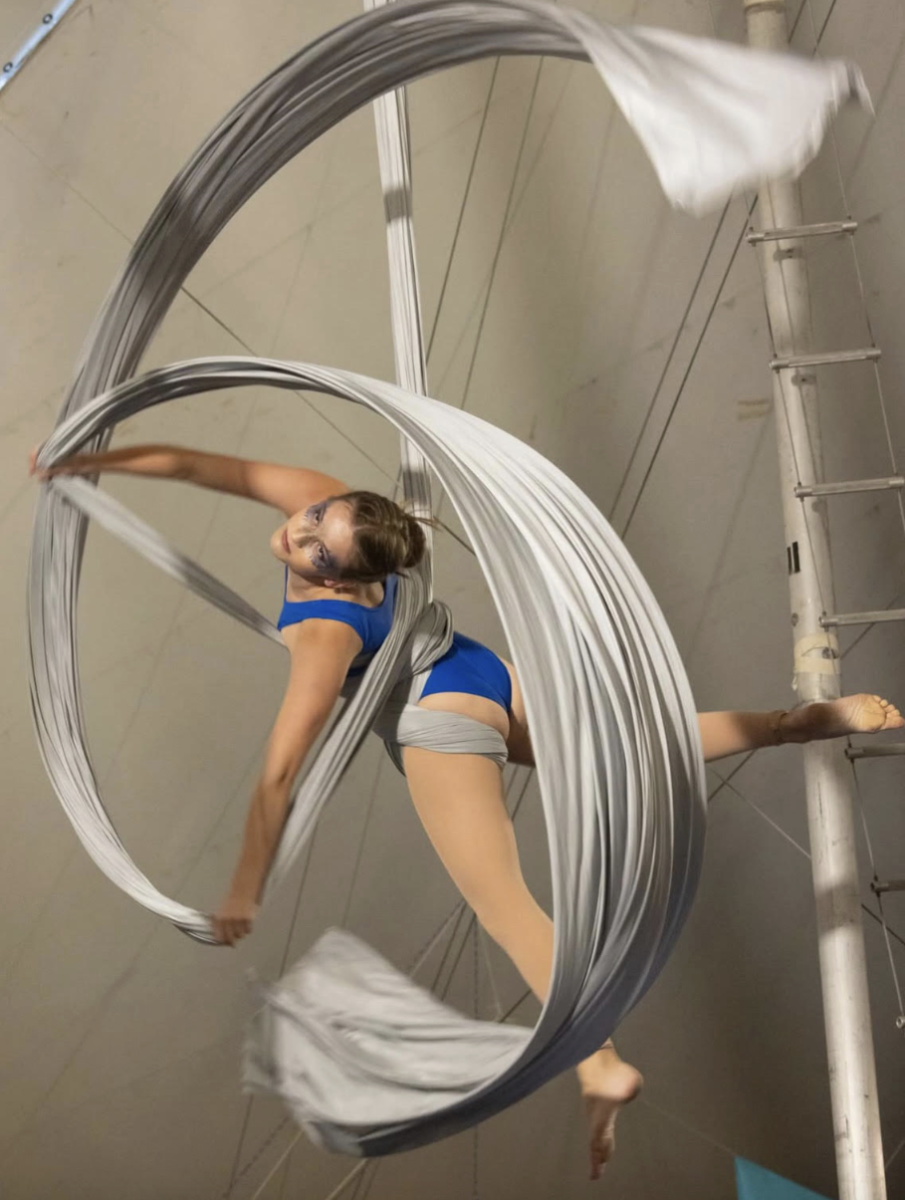



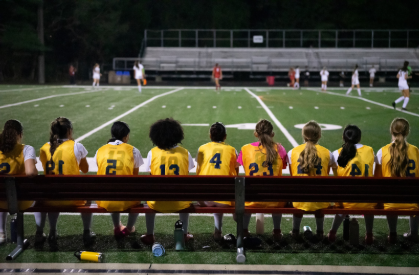
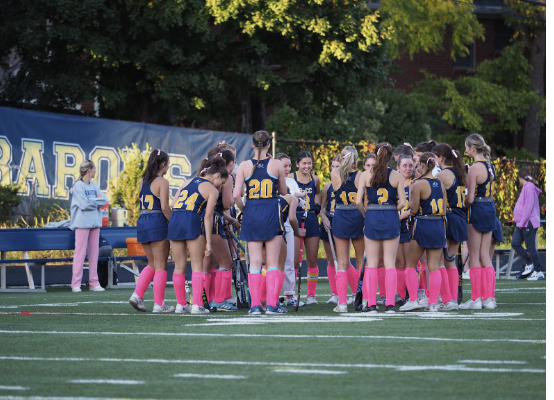

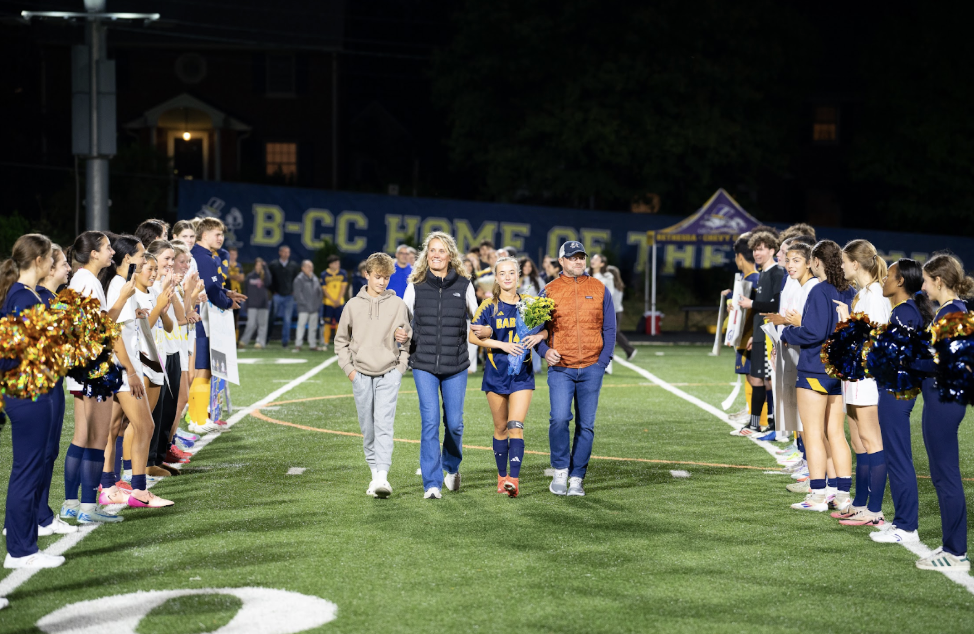

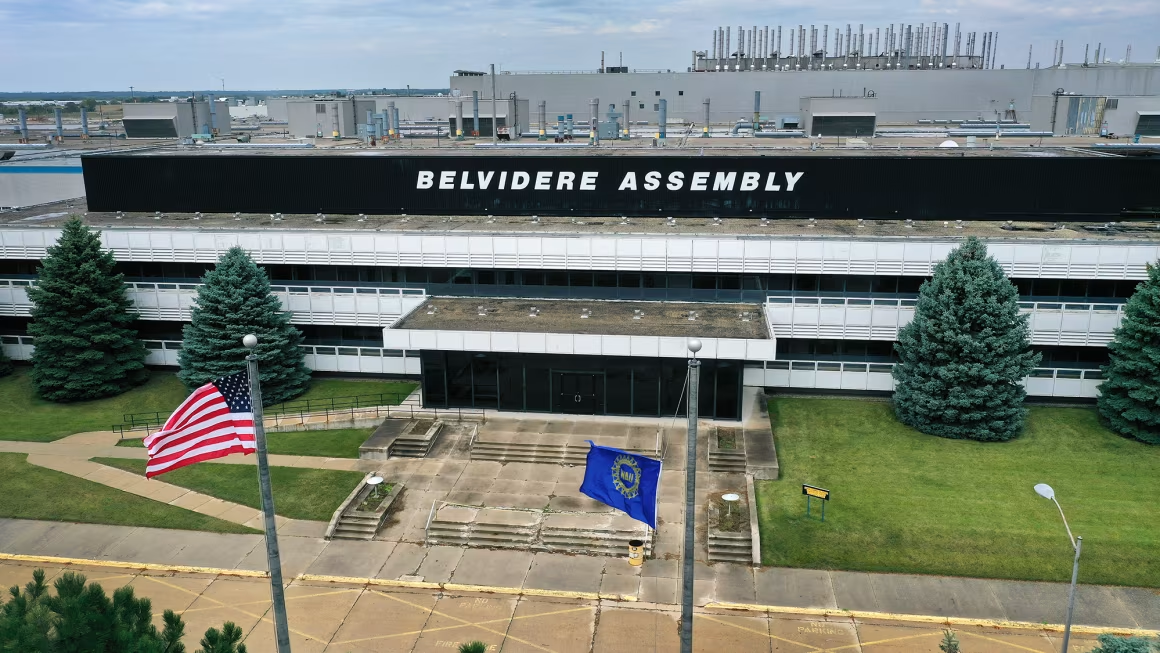

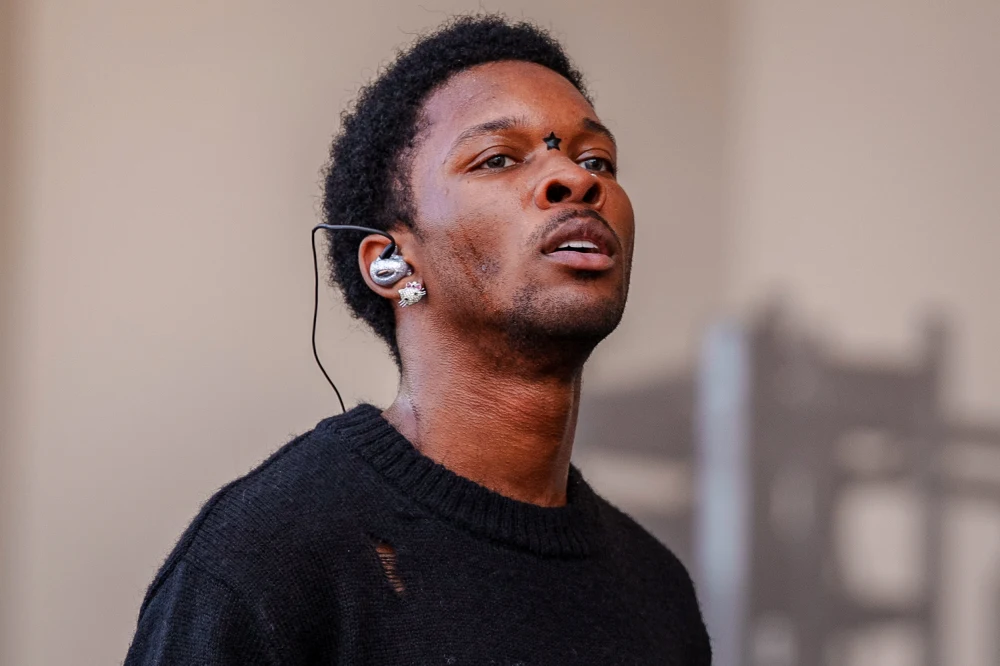
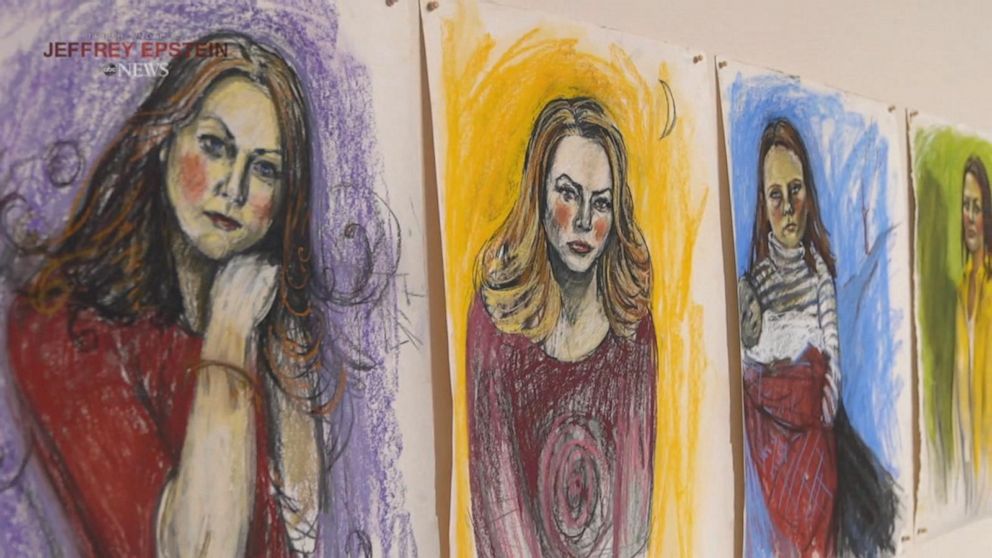

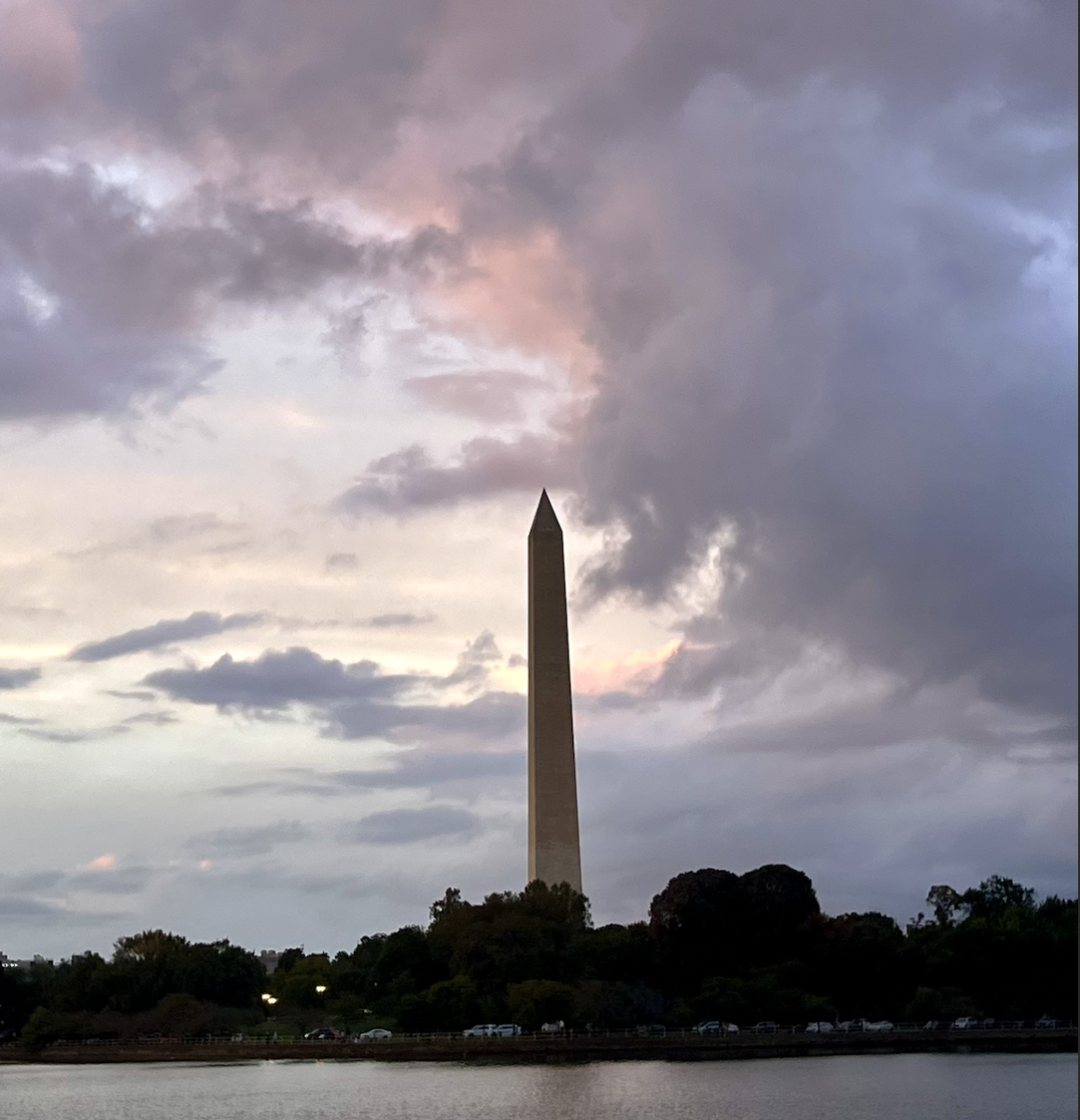













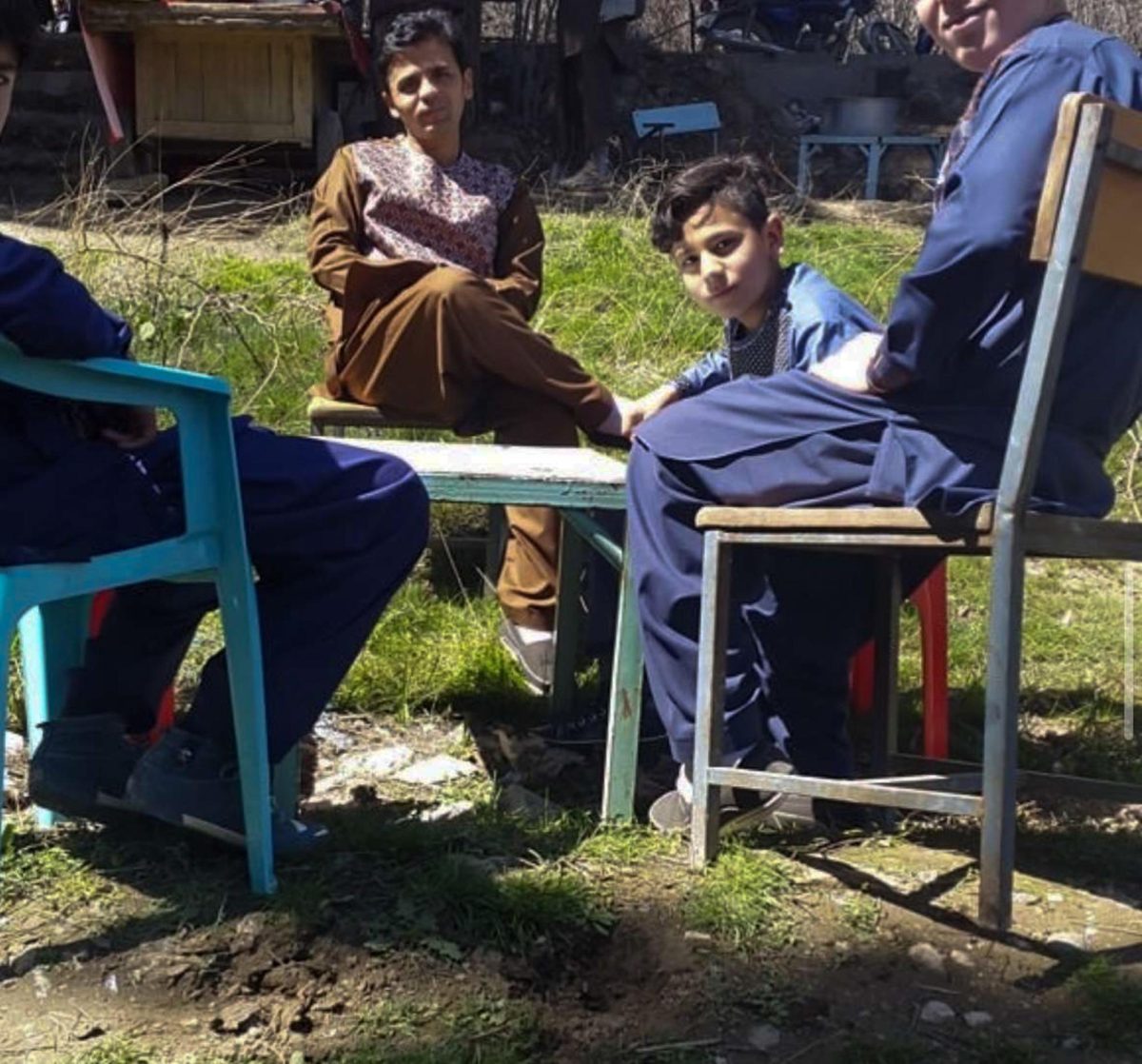






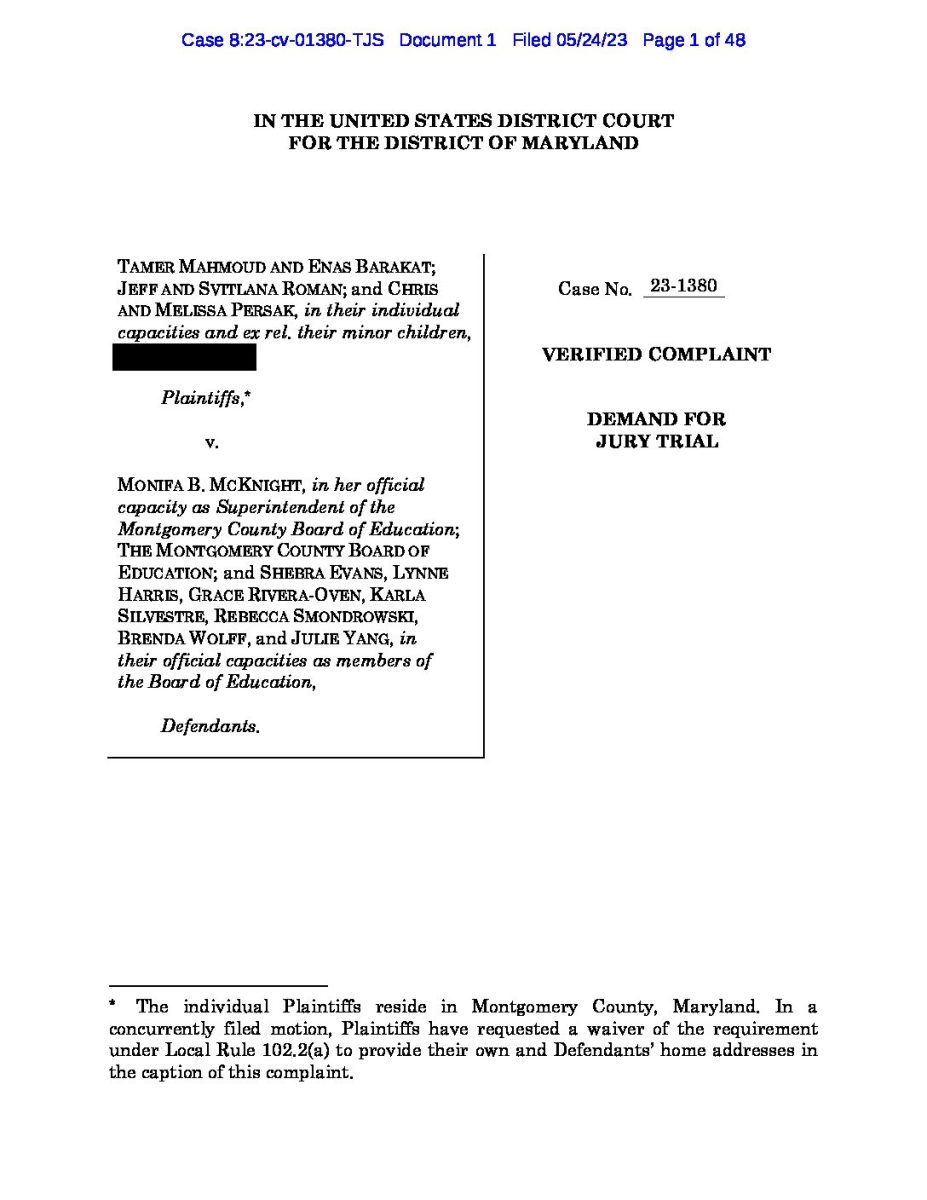
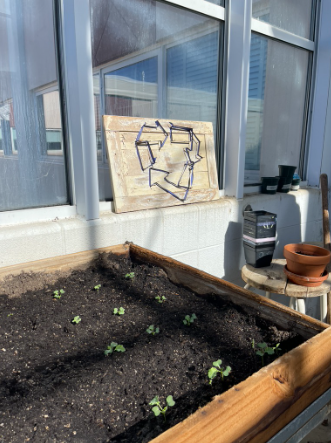
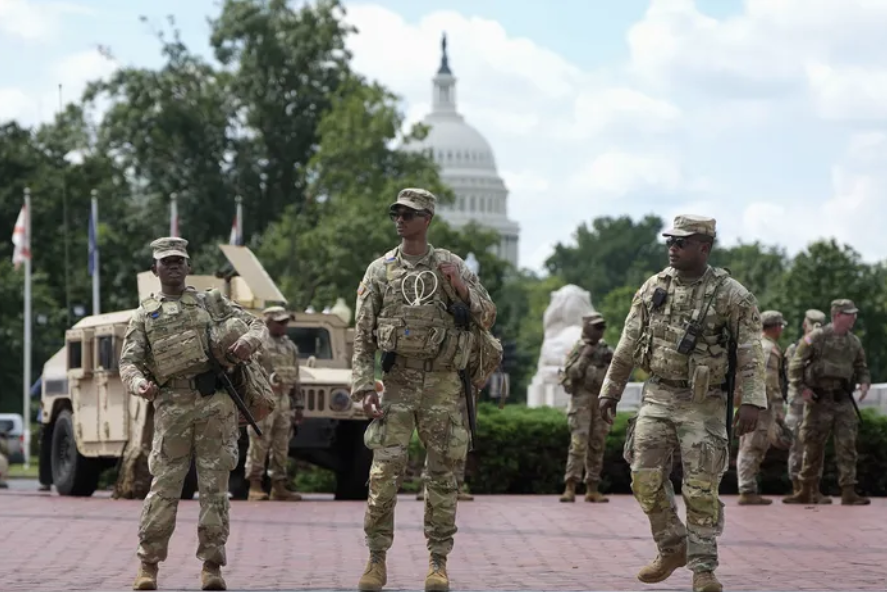
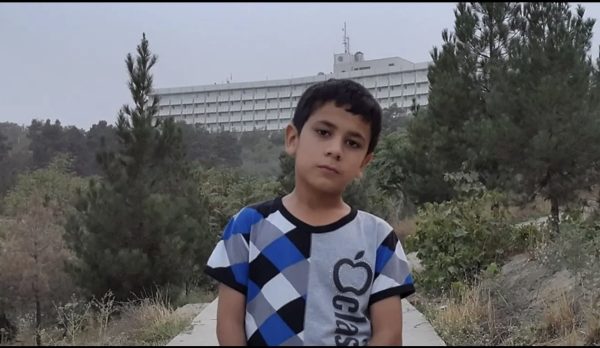
JoAnn • Apr 17, 2024 at 9:16 pm
W article!